#Civil 3D
Text
It's true what they say, AutoCAD does know when you have deadlines and it knows when it is Friday.
2 notes
·
View notes
Text
Improve Revit & Civil 3D Productivity with Naviate Tools
Revit Add-In, Naviate tools are designed to improve productivity when working with Revit and Civil 3D. Get access to a range of convenient features that allow for faster modeling and design. Streamline your workflow and reduce time spent on tasks with Naviate tools from Symetri.
#Revit Add-In#Inventor#Autodesk Inventor#BIM 360 Docs#Inventor Nastran#BIM Consulting#Civil 3D#Revit Training Courses#AEC Collection
0 notes
Text
AutoCAD Civil 3D Training Course in Chennai - CADD Centre Vadapalani & Porur
The Cadd Centre (Vadapalani & Porur) provides the Best AutoCAD Civil 3D Training course in chennai and offers high-quality, individually tailored training and mentoring to each individual student. Whether you're an engineer, architect, designer, drafter, administrator, or programmer, we have a variety of course combinations for you to choose from, so you can maximise the use of your technological resources.
Additionally, more than 6500 corporate buildings in India and overseas choose CADD Centre as their chosen training partner. The corporate sector is quite appreciative of our training methods. The qualified experts' production has increased thanks to CADD. A customised training program can be created by CADD Centre based on your unique needs.
0 notes
Video
youtube
Cara Membuat Grading Kolam Kawasan Civil 3D
Cara Membuat Grading Kolam Kawasan Civil 3DTahap proses grading kolam / pond dengan Civil 3D
Membuat Surface topografi dengan civil 3d
Buat boundary dasar pond / kolam dan tanggul dengan Feature line
Ubah elevasi feature line dengan Elevation editor sesuai rencana elevasi
Create grading dari feature line pond / kolam
Cara cepat membuat grading dengan mudah Menggunakan Autocad Civil 3D, Latihan Grading Kawasan dan jalan.
kunjungi juga link site :
https://ceritakemul.blogspot.com#autocad #autocad civil 3d #Grading #Civil 3D #Grading kawasan
Kunjungi Langkah-langkah pembuatan grading pond / kolam untuk kawasan di Youtube :
Cara membuat grading pond / kolam untuk kawasan Autocad Civil 3D
0 notes
Video
undefined
tumblr
“ Orbital “ // AstrooSpace
Music: RÜFÜS DU SOL - Innerbloom (Radio Edit)
#art#artist#3D#space#planet#earth#dyson sphere#galactic#civilization#future#scifiart#conceptart#design#reel#reels#explore#follow#discover
457 notes
·
View notes
Text
Anti-Junta Firearms in Myanmar
The anti-junta forces in Myanmar have become extremely adept at creating their own weaponry to support their fight versus the ruling junta.
Above video shows a clone of an AK (top) being compared to a real AK (bottom)

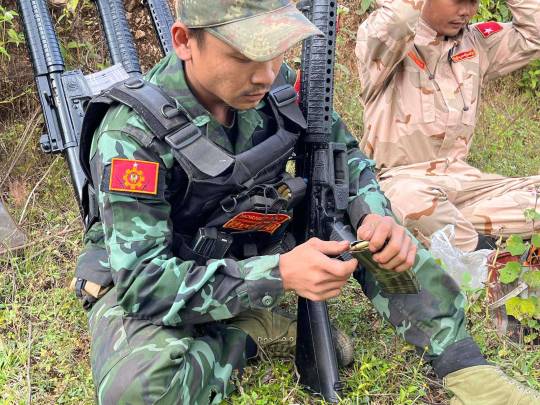
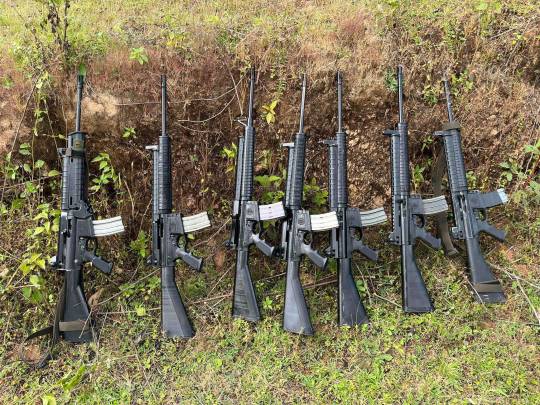
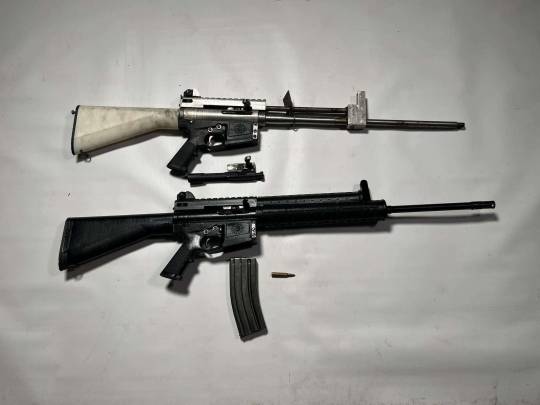
There is also the TZ23, a standardized, AR-15/AK inspired assault rifle (piston-driven, so similar in concept to an AR-18). The majority of the furniture, and even the lower receiver itself, looks to be 3D printed. Here's some pictures of it, showing a prototype, the standardized production version, being loaded (where you can see how thick the magazine well walls are bc 3D printing), and a shot of an entire armory full of them.
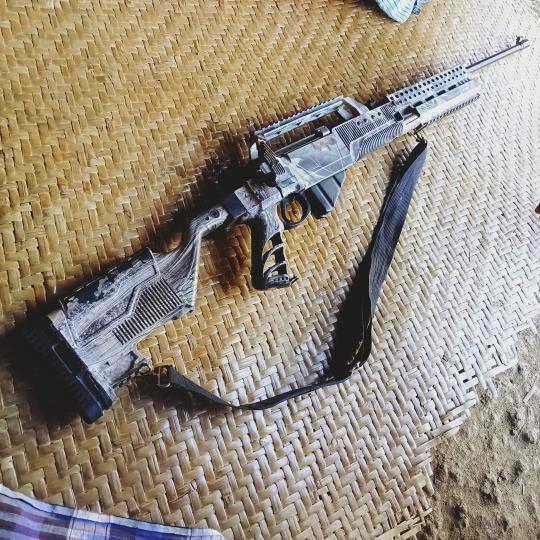
They also have weapons which are modified civilian weapons, like this Indian made Lee-Enfield clone chambered for 8x50mmR Mannlicher (?!?!)
But their primary choice of self-produced weapon to fight the junta...
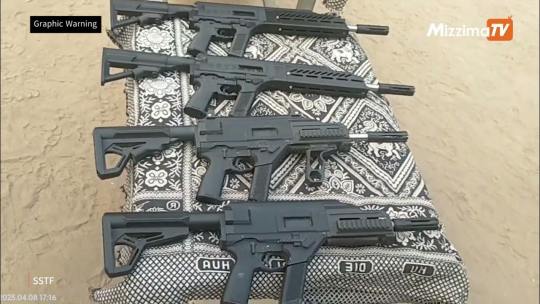


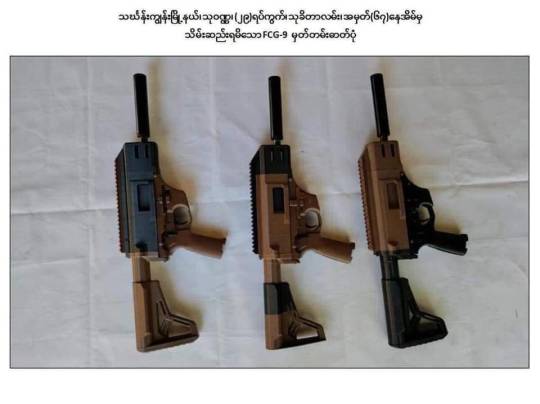


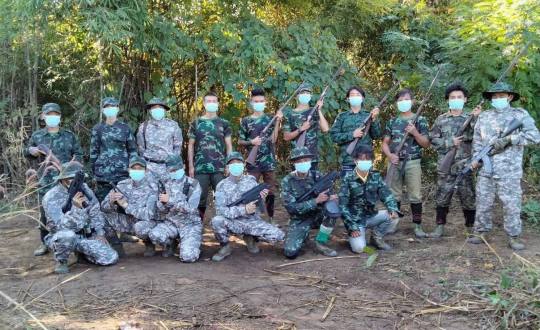
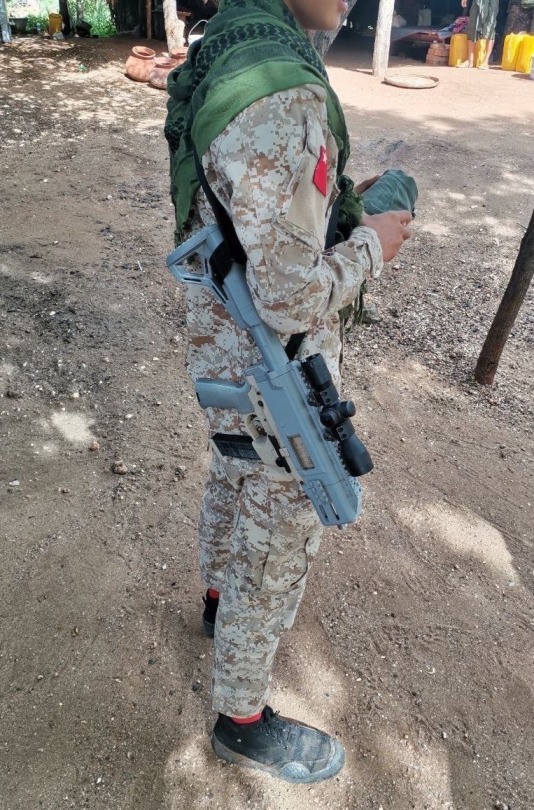
Is the FGC-9 9mm 3D printed pistol caliber carbine.
44 notes
·
View notes
Text
Recently, I started playing Civilization III on a whim. It came in a bundle with Civ IV that I picked up ages ago, but I haven't really played it; I have clearer memories of IV than III, and it's obviously a more refined version of the game.
When I was a kid, I assumed Civ III was 3D like IV. With a couple decades of casually learning about game tech behind me, III is very obviously using prerendered sprites. Look at it!
youtube
Which means IV was the first Civilization game with full 3D graphics, which in turn explains some of its presentation decisions. It explains the slower, more complicated movement animations (and the increased number of models per unit to make those more sensible). It explains why they added the extreme zoom with shifting perspective (though having any zoom at all was a big advantage over III).
And it explains the way the camera zooms in on combat, or more absurdly onto cities where you just built a wonder. Wonders don't have much presence on the world map, the game needs to open up a mini-window to play a video that lets it pay off the zoom's dramatic setup, but it zooms in dramatically regardless.
(Most Let's Players have those animations turned off, and Civ IV crashed when I tried to set up OBS to capture it. Anyone who's played Civ IV, please think back to the dramatic zoom I'm talking about and pretend it's embedded in the post. Wow, how melodramatic.)
Civilization V backed off on those presentation choices, because 3D graphics were a lot less impressive in 2010 than they were in 2005. (Not that it was exactly ground-breaking in 2005...) This makes sense; out of their specific technological context, some of those decisions are very silly.
But in their context...well, I understand why those silly decisions were made.
#civilization iii#civilization iv#graphics#3d graphics#video games#random thoughts#still annoyed I couldn't quickly capture footage of what it looks like when you build Stonehenge
8 notes
·
View notes
Text

Mikey's Dakota.
Have no fear, I did not disappear …just spent several days reorganizing my reference images databank (now containing 15,410 items).
Back to art development, today's subject is the recently restored-to-flying-condition Douglas DC-3C owned by Mikey McBryan, the General Manager of Buffalo Airways and producer of the YouTube series Plane Savers that documented the entire resurrection over 156 episodes. She performed her first re-flight on June 6th, 2019, to coincide with the 75th Anniversary of D-Day. She had been previously owned by Avialogs Aéronautique (2017), the Air and Space Museum of Quebec (1996), Fondation Aerovision Quebec (1993), the Canadian Department of Transport (1958) and Trans-Canada Air Lines (1947). She was converted by Canadair to carry passengers from her initial build as a C-47A (Dakota III). The U.S. Army Air Forces received her as Douglas serial 12253 in 1944 and immediately loaned her to the Royal Air Force. C-FDTD currently resides at Buffalo's facility at Hay River, Northwest Territories, Canada.
#3d art#3d artist#3d artwork#3d model#aircraft#airliner#airlines#airplane#aviation#blender#blender3d#c-47#civil aviation#classic#commercial aircraft#dakota#dc-3#douglas#gooney bird#historic#history#military transport#passenger aircraft#plane#planes#transport aircraft#vintage#vintage aircraft#warbird#buffaloairways
7 notes
·
View notes
Text

USA 1997
#USA1997#COMPUSA#RETAIL#IBM#MACINTOSH#QUAKE#SID MEIER'S CIVILIZATION II#DIABLO#DUKE NUKEM 3D#SHADOW WARRIOR#MASTER OF ORION II#MYTH THE FALLEN LORDS#JACK NIKLAUS 4#FA18 HORNET 3.0#STAR TREK STARFLEET ACADEMY
39 notes
·
View notes
Text

#hl2#source engine#half life 2#sfm art#source filmmaker#metrocop#civil protection#virtual photography#3d artwork
14 notes
·
View notes
Text
Colt 1851 Navy Revolver
3D printed from Thingiverse, file by danlovy


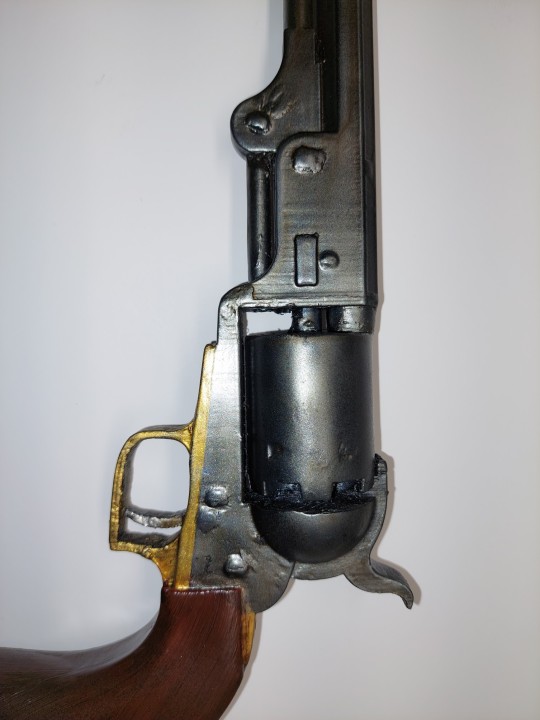

18 notes
·
View notes
Text
Thanks to Harvard University, you can now virtually enter the Great Pyramid of Giza in 3D and 360º. 🔎
Tour: buff.ly/3sBqStP
#Great Pyramid of Giza#Ancient Egypt#Egypt#Harvard University#ancient civilizations#virtual tour#3D#360 degrees#technology#history#culture
11 notes
·
View notes
Text
VisualLive – Professional 3D CAD Visualisation Software from Symetri
Augmented Reality for Construction, VisualLive from Symetri is a revolutionary 3D CAD visualisation software that helps you to design, collaborate, and visualise projects more efficiently. Discover the features and benefits of VisualLive and start creating stunning 3D visuals today.
#Augmented Reality for Construction#BIM Project Support#Naviate#Oculo#BIM 360 Docs#Inventor Nastran#BIM Consulting#Civil 3D#Revit Training Courses
0 notes
Text

#I do violence in person with pro-lifers#Pro-lifers are dirtbags#I do violence in person with transphobes#Transphobes are dirtbags#Civil rights for all#Respect the Constitution or Ill exercise my 2A#spooky#glow in the dark#fmda#ghost#martial arts#3d printing#2nd amendment#california#martial law#ghost guns#Pro choice#Pro trans#excessive force
2 notes
·
View notes
Text

Half-life 2: Episode 1.
This is a Ukrainian meme about two miniature
Ukrainian soldiers mounting Soviet dynamic protection on vehicles for even more protection.
The meme came about after the first photo of attaching dynamic protection to a Leopard tank appeared.
"Why not, if can"
Then came memes about two soldiers putting dynamic protection on Star Wars ships, Warhammer 40k vehicles, putting dynamic protection on dynamic protection to protect the first layer of dynamic protection, and so on.
The idea came about after Garry's Mod Workshop added a dynamic defense prop and repainted Civil Protection to match the pixel camouflage used by the Ukrainian army.
Rendered in Garry's Mod + Photoshop.
#3d art#garry's mod#illustration#gmod#apocalypse#military#gaming#gmod art#art#combine#civil protection#city 17#half life 2#hl2#citadel#ruins#war#headcrub#monster#ukraine
7 notes
·
View notes
Text
Detachable cardiac pacing lead may improve safety for cardiac patients
New Post has been published on https://thedigitalinsider.com/detachable-cardiac-pacing-lead-may-improve-safety-for-cardiac-patients/
Detachable cardiac pacing lead may improve safety for cardiac patients


In 2012, Neil Armstrong, the first man to walk on the moon, died of post-surgery complications at the age of 82 following what should have been a routine heart surgery. Armstrong had undergone bypass surgery, the most common open-heart operation in the United States, and a surgery where the overall chance of death has dropped to almost zero.
Armstrong’s death was caused by heart damage that occurred during the removal of temporary cardiac pacing leads. Pacing leads are routinely used to monitor patients and protect against the risk of postoperative arrhythmias, including complete blockages, during the recovery period after cardiac surgery. However, because current methods rely on surgical suturing or direct insertion of electrodes to the heart tissue, trauma can occur during implantation and removal, increasing the potential for damage, bleeding, and device failure.
A coffee chat in 2019 about Armstrong’s untimely death helped inspire new research, published in the journal Science Translational Medicine. The research demonstrates findings that may offer a promising new platform for adhesive bioelectronic devices for cardiac monitoring, diagnosis, and treatment, and offer inspiration for the future development of bioadhesive electronics.
“While discussing the story, our team had a eureka moment that we probably could do something to prevent such complications by realizing a completely atraumatic version of it based on our bioadhesive technologies,” says Hyunwoo Yuk SM ’16, PhD ’21, a former MIT research scientist who is now the chief technology officer at SanaHeal. “It was such an exciting idea, and the rest was just making it happen.”
The team, comprising researchers affiliated with the lab of Xuanhe Zhao, professor of mechanical engineering and of civil and environmental engineering, has introduced a 3D-printable bioadhesive pacing lead that can directly interface with cardiac tissue, supporting minimally invasive adhesive implantation and providing a detachment solution that allows for gentle removal. Yuk and Zhao are the corresponding authors of the study; former MIT researcher Jue Deng is the paper’s first author.
“This work introduces the first on-demand detachable bioadhesive version of temporary cardiac pacing lead that offers atraumatic application and removal of the device with enhanced safety while offering improved bioelectronic performance,” says Zhao.
The development of the bioadhesive pacing lead is a combination of technologies that the team has developed over the last several years in the field of bioadhesive, bioelectronics, and 3D printing. SanaHeal, a company born from the team’s ongoing work, is commercializing bioadhesive technologies for various clinical applications.
“We hope that our ongoing effort on commercialization of our bioadhesive technology might help faster clinical translation of our bioadhesive pacing lead as well,” says Yuk.
#3-D printing#3d#3D printing#applications#author#bioelectronics#Biomechanics#bleeding#Born#Civil and environmental engineering#coffee#development#devices#Diagnostic devices#electrodes#Electronics#engineering#Environmental#eureka#Future#Health sciences and technology#heart#Inspiration#Invention#it#Mechanical engineering#Medical devices#Medicine#mit#Moment
2 notes
·
View notes